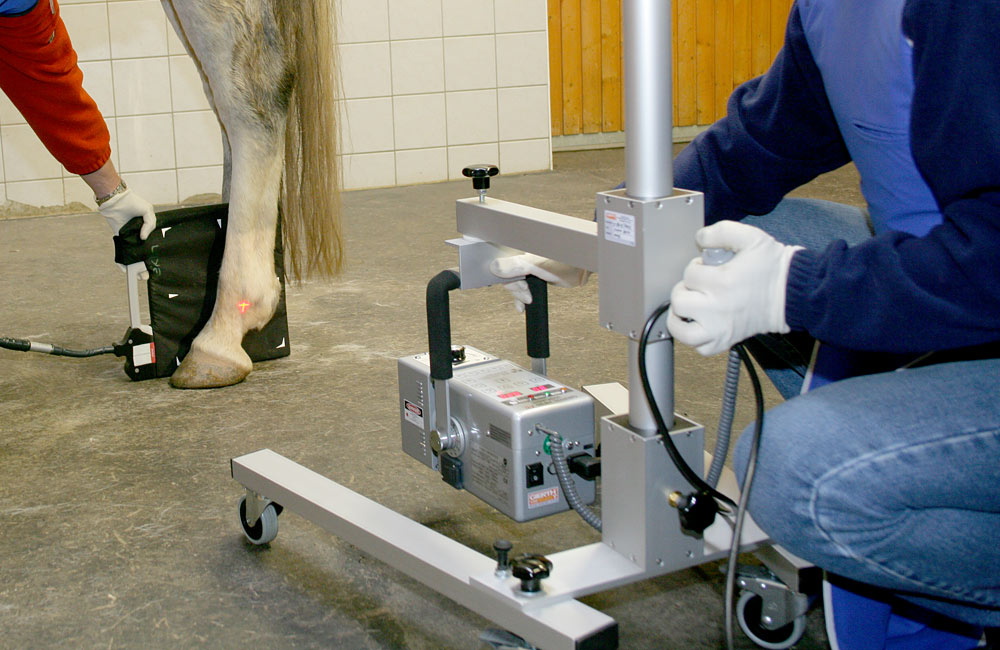
In the ever-evolving field of veterinary medicine, cutting-edge technology is vital. Not only does it assist in correct diagnosis, but it also guarantees the best care for our furry friends. Among these technologies, X-ray imaging emerges as an essential tool. The success of this diagnostic approach, however, is as much about the machine itself as it is about the vet x-ray accessories that complement it.
Whether you’re a professional in the field or merely an animal lover keen to understand more, this guide will probe into the critical vet x-ray equipment available in the market today.
What Are Vet X-Ray Tools?
Vet X-ray accessories are complementary tools and equipment used alongside the main X-ray machine to improve the clarity, safety, and efficiency of the radiographic process. From positioning aids to protective clothing, these items play a crucial role in getting the optimal image, while also making sure the safety of both the vet and the animal.
The Essential Vet X-Ray Equipment
Positioning Aids
Getting an animal to stay still can be a huge task. Positioning aids like foam blocks, sandbags, and V-troughs are invaluable in these situations. They help in placing the animal rightly and securely to capture clear images.
Lead Aprons and Gloves
Safety first! X-rays, though incredibly useful, can present a radiation risk. Hence, protective gear such as lead aprons and gloves are essential. These items protect vets and technicians from long-term radiation exposure.
Cassette Holders and Grids
For optimum image clarity, the film or digital detector requires to be held in a particular position relative to the animal. Cassette holders and grids are beneficial for this purpose. They not only help set the film but also boost the contrast of the X-ray image.
Calipers and Markers
To interpret an X-ray accurately, one requires to know the specific size and orientation of the imaged area. Calipers help measure the thickness of the area being X-rayed, guaranteeing the appropriate settings on the X-ray machine. Meanwhile, radiopaque markers indicate the right and left sides, preventing any potential mix-ups during diagnosis.
The Perks of Investing in High-Quality Vet X-Ray Accessories
Accuracy in Diagnosis
Quality x-ray accessories make certain that the image taken is as accurate as possible. Sharper images lead to more accurate diagnoses, in the end resulting in better treatments.
Increased Lifespan of Equipment
High-quality accessories are sturdy and can endure the routine wear and tear of a busy veterinary practice. Investing in top-notch equipment now can reduce costs in the long run.
Safety
The best vet x-ray equipment emphasize safety, reducing the risk of unnecessary radiation exposure for both the veterinary staff and the animals.
How to Select the Right Vet X-Ray Equipment?
With a variety of choices available in the market, selecting the right x-ray accessories can be a challenging task. Here are a few considerations:
Purpose: Know what you need. For instance, if you’re handling with larger animals, you’d need robust positioning aids.
Compatibility: Ensure that the accessory is suitable with your existing X-ray machine.
Quality: It's always beneficial investing in the finest quality equipment. Not only do they last extended periods, but they also guarantee the best results.
Reviews and Recommendations: Seek advice from other vets or read online reviews to assess the performance of a specific accessory.
The world of vet x-ray tools is extensive, with tools tailored to cater to every aspect of the imaging process. As with any medical equipment, the focus should always be on quality, safety, and accuracy. The right accessories can create all the difference, turning a good X-ray machine into an outstanding diagnostic tool.
If you’re in the market to upgrade or purchase new vet X-ray tools, we advocate visiting xray4vets. With a broad range of high-end products designed for the veterinary world, you’ll find everything you need to boost your radiographic abilities.